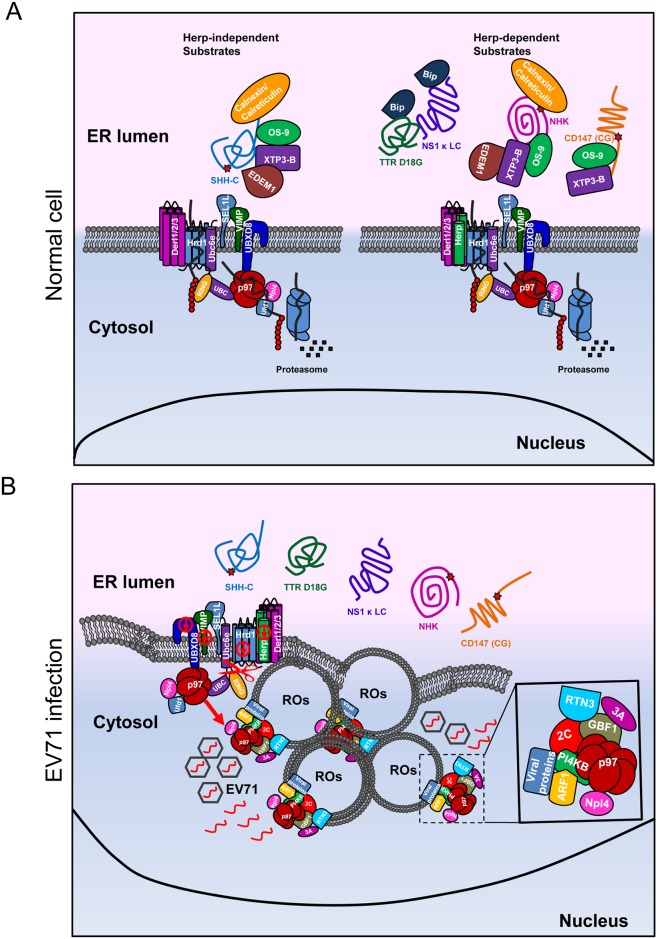Fig 10. Model of the mechanism by which EV71 inhibits the ERAD pathway and hijacks p97 to promote its replication.
(A) In normal cells, different substrates are degraded through different pathways: the calnexin/calreticulin substrate SHH-C is degraded through a Herp-independent pathway, and the calnexin/calreticulin substrate NHK and the BiP substrates TTR D18G, NS1κ LC, and endogenous substrate CD147 are degraded through a Herp-dependent pathway. (B) In EV71-infected cells, EV71 inhibits the ERAD pathway at multiple places: it downregulates the expression of Herp, Hrd1, VIMP, and UBXD8 and cleaves Ubc6e. The disabled ERAD causes different substrates to be tethered in the ER lumen. EV71 hijacks ER membranes to form single- or double-membrane vesicles. p97 is hijacked from disabled ERAD to form ROs and co-localizes with EV71 2C, RTN3, and other replication-related molecules including PI4KB, ARF1, and GBF1.

